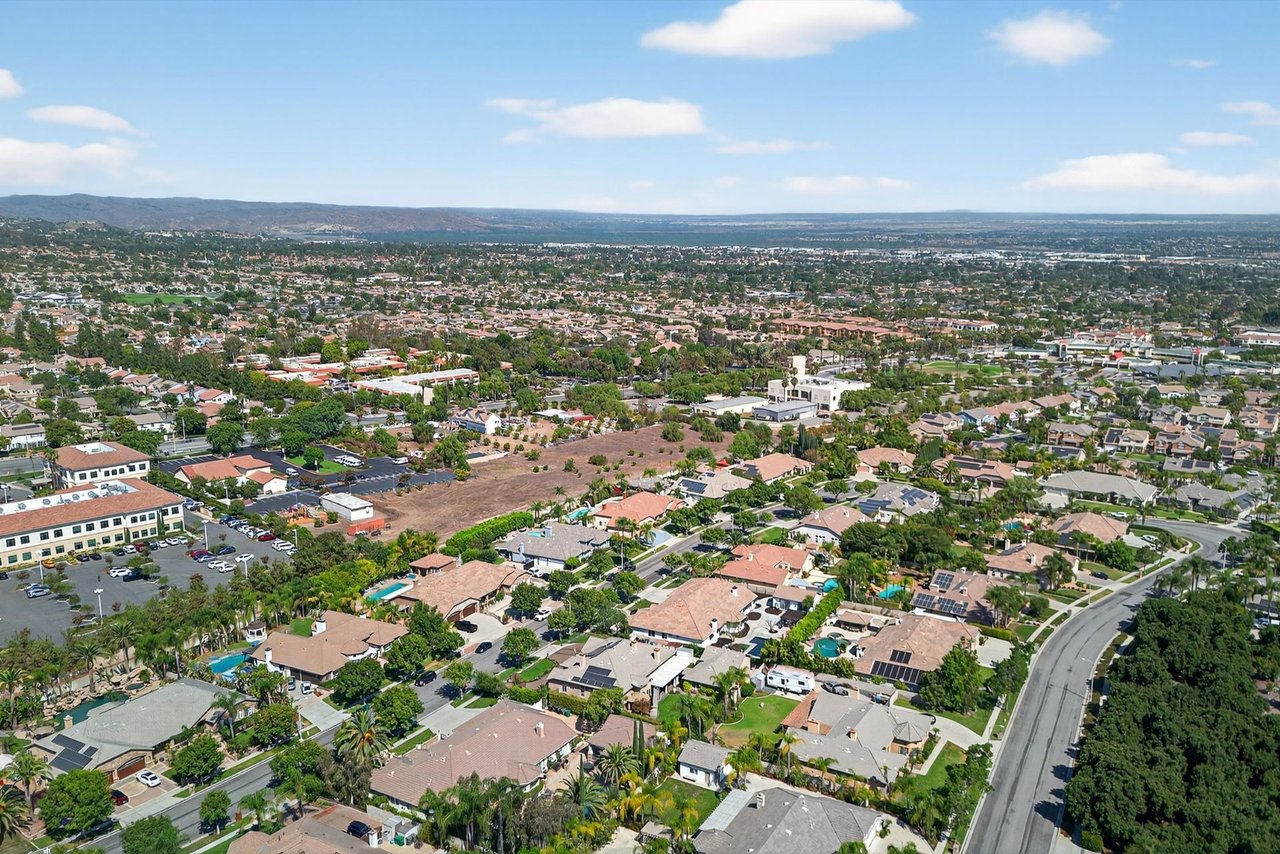Bridging the Millennial Homeownership Gap
January 3, 2024
Home Buying

January 3, 2024
Home Buying


Diana Renee
I am so fortunate to have grown up in one of the most wonderful places in the world, California. With friendly people, incredible weather, great entertainment, beaches, mountains and the desert all within driving distance, SoCal has it all. I was born and raised in Long Beach, and have lived in Corona since 1996. I truly love this city and I'm proud to assist my clients in navigating the process of buying and selling real estate.
Stay up to date on the latest real estate trends.

Buying & Selling
December 22, 2025

Home Seller
December 19, 2025

All about Corona, California
December 17, 2025

Home Buying
December 15, 2025

Home Buying
December 12, 2025

All about Corona, California
December 10, 2025

All about Corona, California
December 8, 2025

All about Corona, California
December 5, 2025

Home Seller
December 3, 2025
I WANT TO HEAR FROM YOU